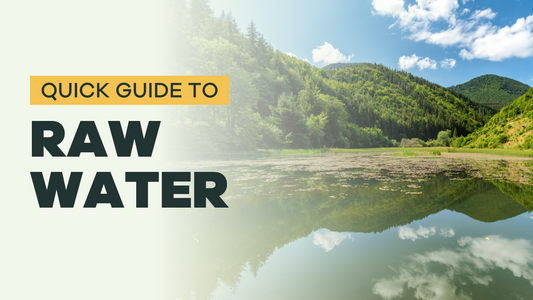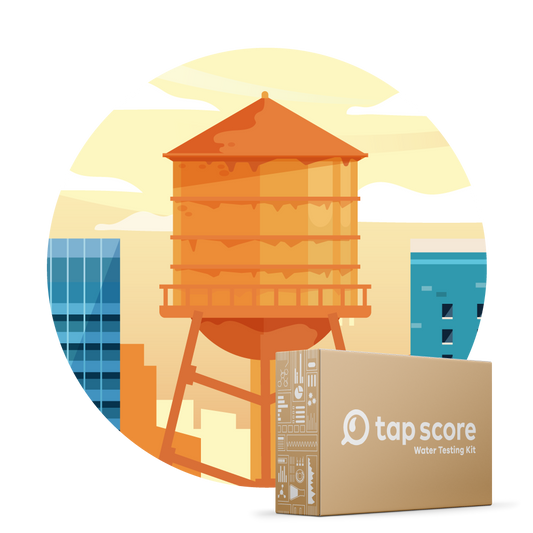
Late to Regulate
Our blog is written by real experts— not AI. Each guide is carefully reviewed and updated based on the latest research. Plus, with no affiliate links, you can count on unbiased insights you can trust.
Meanwhile, hundreds of new pharmaceuticals, industrial solvents, fertilizers, and other new chemicals enter the US economy (and water supply) every year. You probably haven’t heard of most of these, and while many chemicals in your water are likely safe, some of them are certainly not.
Unfortunately, regulations are in a game of catch-up with the chemicals our economy releases into the environment. This means many potential toxins go unmonitored in our pipes, and indeed unregulated in your drinking water.
Looking back, here’s a short list of dangerous chemicals that took way too long to regulate:
1. Lead Regulation ↠ 100 Years
-
1887 - US Authorities Diagnose Lead Poisoning In Children
-
1904 - Lead Paint Diagnosed As Source Of Lead Poisoning
-
1978 - US Government Bans Lead Paint [1]
2. Arsenic Regulation ↠ 100 Years
-
1888 - Fowler’s Solution (a once popular arsenic-containing-medicine) proven to cause cancers.
-
1968 - Research in Taiwan shows connection between arsenic in drinking water and cancer.
-
2001 - US EPA regulates arsenic in drinking water to 10 parts per billion (PPB).[2]
3. PCB’s ↠ 50 Years
-
1933 - 95% of workers in PCB factory develop strong reactions to PCB manufacturing.
-
1966 - Scientists declare PCB’s a “worldwide environmental problem”
-
1979 - US EPA bans the manufacture of PCB’s.[3]
4. 1,2,3 TCP ↠ 80+ (still not regulated)
-
1940’s - Manufactured by Dow for use as a pesticide and solvent.
-
2009 - 1,2,3 TCP is declared a carcinogen.[4]
-
2017 - California begins to regulate 1,2,3 TCP amid controversy.[4]
There are more than 100 contaminants currently regulated by the US EPA under public water system protections provided by the US Safe Drinking Water Act.[5][6] Our water laws aren't perfect but they are some of the best in the world. This shows just what an uphill battle regulators face when trying to keep the public safe.
There are thousands of new chemicals introduced into the environment by industry every year. Each chemical contaminant has a story and SimpleLab is doing the difficult of structuring that information in a way that lets us perform state of the art health analysis and generate informative Tap Score Reports.
Sources
▾- Lead Poisoning: A Historical Perspective | About EPA
- Drinking Water Arsenic Rule History | US EPA
- Polychlorinated Biphenyls (PCBs) | US EPA
- California is finally going to regulate a carcinogen it identified as cancerous 25 years ago
- National Primary Drinking Water Regulations
- Safe Drinking Water Act (SDWA) | US EPA






